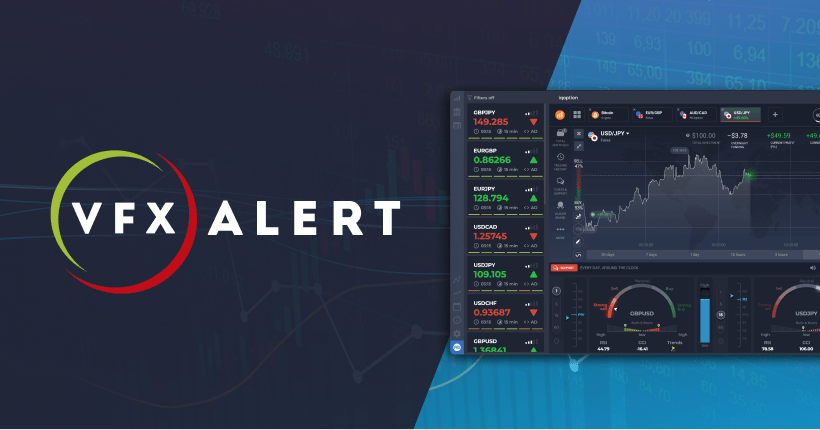In the rapidly evolving landscape of digital business, ensuring robust cloud infrastructure is critical. One of the foundational technologies that continues to play a vital role in enhancing and securing cloud environments is Ethernet.
Ethernet adapters are essential components for businesses that want to achieve high performance, reliability, security, and scalability in their cloud infrastructure operations.
This article explores the reasons why firms are increasingly relying on Ethernet adapters to bolster their cloud infrastructures.
Scalability and flexibility
Ethernet adapters are highly valued in cloud infrastructure for their scalability and flexibility, which enable businesses to adapt and grow their network environments efficiently.
- Ease of Network Expansion
Ethernet technology provides an easy path for network expansion. As businesses grow, they can scale their network infrastructure by simply adding more Ethernet adapters or upgrading existing ones to higher speeds without significant overhauls. This modularity and scalability make Ethernet an ideal choice for growing cloud environments.
- Support for virtualization
Ethernet adapters are highly compatible with virtualized environments, which are common in cloud infrastructure. They support advanced virtualization technologies like Virtual Extensible LAN (VXLAN) and Network Virtualization using Generic Routing Encapsulation (NVGRE), which help in creating scalable and secure multi-tenant cloud environments.
- Adaptive Networking Solutions
Ethernet adapters offer flexibility that allows networks to adapt to varying business needs and conditions. They support configurations that can dynamically adjust to changes in network load, thereby optimizing resource utilization and efficiency.
- Integration with Modern Data Centers
Modern data centers often use software-defined networking (SDN) and network function virtualization (NFV). Ethernet adapters integrate seamlessly with these technologies, enhancing the data center’s agility and responsiveness to changing business needs.
Enhanced security features
Ethernet adapters contribute significantly to enhancing the security features of a firm’s cloud infrastructure.
- Advanced Encryption Standards
Ethernet adapters can support robust encryption standards, such as IPsec, ensuring data transmitted across the network is protected against interception and tampering. This security feature is essential for maintaining the integrity and confidentiality of sensitive business data.
- Secure authentication protocols
These adapters support secure authentication protocols that verify the identity of devices and users accessing the network, preventing unauthorized access and ensuring that only trusted entities can connect to critical infrastructure components.
- Network Segmentation
Ethernet technology facilitates network segmentation, such as through VLANs, which can isolate sensitive data and systems within separate network segments. This segmentation helps minimize the scope of potential security breaches and improve overall network security.
- Compliance and data sovereignty
By using Ethernet adapters, firms can ensure that their network infrastructure complies with industry regulations and standards related to data security and privacy. This compliance is crucial for businesses operating in sectors like healthcare, finance, and public services.
High performance and low latency
Ethernet adapters are pivotal for firms needing high performance and low latency in their cloud infrastructure. It includes superior bandwidth capabilities, reduces latency, and improves the quality of services as well.
- Superior bandwidth capabilities
Ethernet adapters are crucial for supporting high-bandwidth needs. They can handle speeds ranging from 1 Gbps to 100 Gbps and beyond, making them ideal for data-intensive applications. This high bandwidth capability ensures that businesses can handle large volumes of data traffic without experiencing bottlenecks, which is crucial for applications in areas like video streaming, large-scale simulations, and real-time data analytics.
- Reduced Latency
One of the significant advantages of these adapters is their ability to reduce latency. In cloud environments, latency can significantly impact application performance and the user experience. Ethernet technology facilitates a direct and consistent connection, minimizing delays in data transmission. This is particularly important for real-time applications and services that depend on instant data availability and processing.
- Enhanced Quality of Service (QoS)
Ethernet adapters support advanced Quality of Service (QoS) features that prioritize traffic, ensuring that critical applications receive the necessary bandwidth and processing priority. This prioritization is crucial for maintaining performance levels and meeting service level agreements (SLAs).
- Congestion Management
With capabilities such as flow control, Ethernet adapters help in managing and mitigating network congestion. This feature ensures that all data gets where it needs to go efficiently, even during peak usage times, thereby maintaining consistent performance and availability.
Cost-effectiveness and reliability
The cost-effectiveness and reliability of Ethernet adapters make them an attractive option for firms looking to enhance their cloud infrastructure.
- Cost Savings
Ethernet technology is relatively inexpensive compared to other high-speed network technologies. The widespread adoption and standardization of Ethernet make adapters readily available at competitive prices, offering significant cost savings in building and maintaining network infrastructure.
- Proven Reliability
Ethernet has a long-standing reputation for reliability. Its simple design and extensive testing over decades ensure that Ethernet adapters provide a stable and dependable network connection, which is crucial for maintaining continuous business operations.
- Minimal Downtime
The inherent reliability of Ethernet adapters leads to reduced downtime. In the event of issues, Ethernet’s simplicity allows for quick diagnostics and resolution, minimizing the impact on business operations.
- Long-Term Viability
Investing in Ethernet technology is seen as a long-term strategy. Its ongoing development and enhancement ensure that it continues to meet the evolving needs of modern businesses, protecting the investment over a longer period of time.
Simplified Management and Maintenance
Simplified management and maintenance are key advantages of using Ethernet adapters in cloud infrastructure, primarily because they allow for centralized control.
- Centralized Control
Ethernet connectors make it easier to handle network resources centrally, which is crucial for streamlining the operation of intricate cloud infrastructures. From a single location, network managers can monitor performance, make configuration changes, and deliver updates across the whole network. This centralized method lowers the possibility of human error while increasing efficiency.
- Advanced Monitoring Tools
Advanced monitoring technologies that offer in-the-moment insights into the health and operation of networks are supported by Ethernet technology. These technologies support proactive management by seeing possible problems before they get out of hand and enabling prompt resolution. Keeping an eye on error rates, traffic flow, and utilization rates is important for preserving availability and optimal performance.
Conclusion
Ethernet adapters are pivotal for firms looking to create and maintain a robust, secure, and efficient cloud infrastructure. Their ability to deliver high performance, scalability, enhanced security, and cost-effectiveness makes them an indispensable tool in today’s digital business environment. As cloud technologies continue to evolve, Ethernet’s role in supporting these advancements remains crucial, ensuring businesses can leverage the full potential of their cloud investments.






